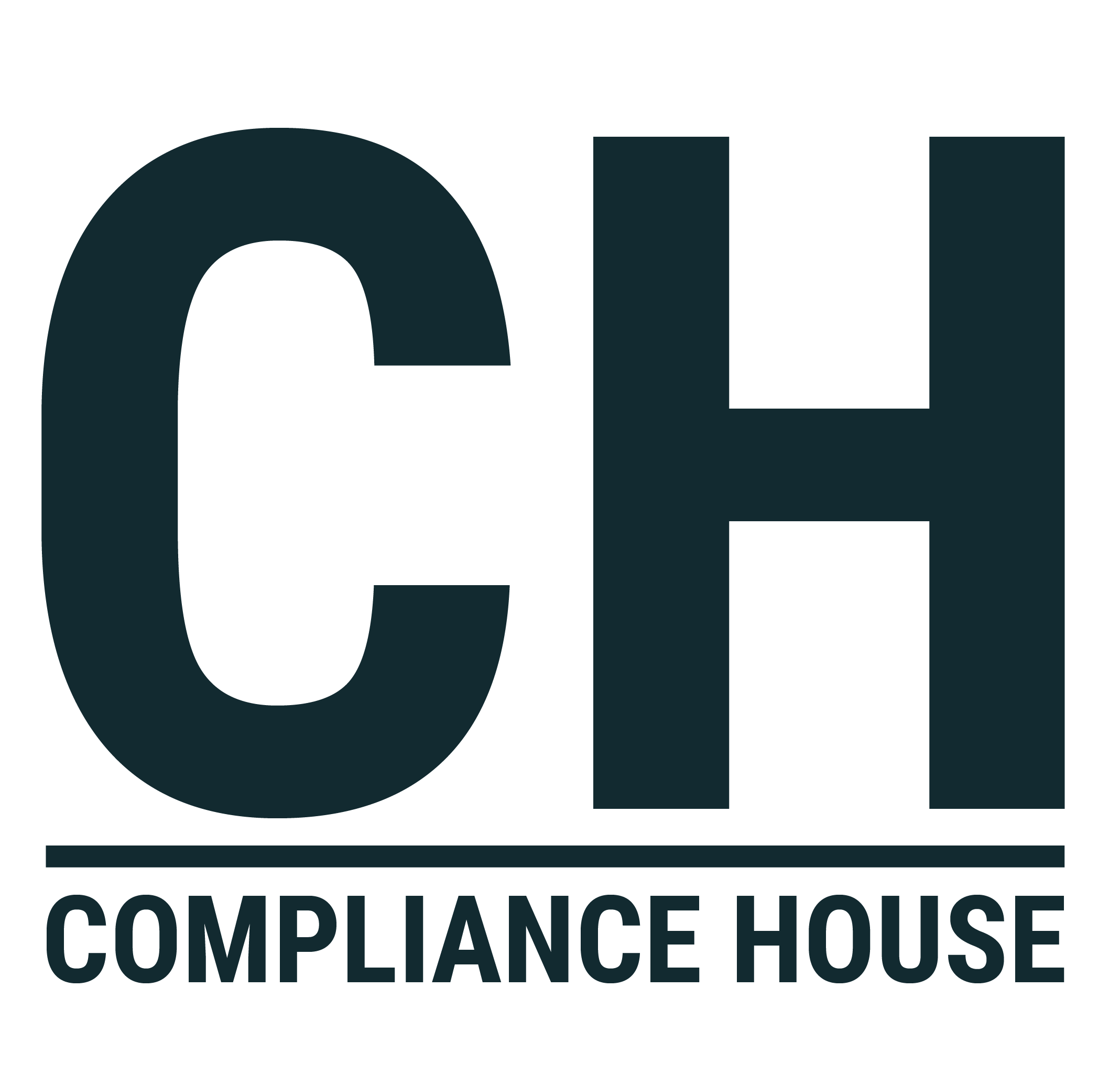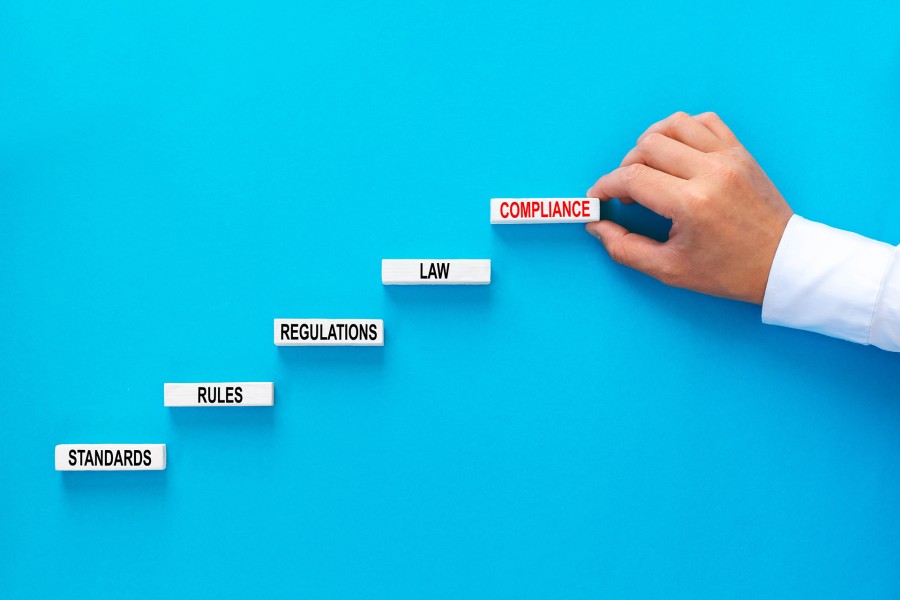The process of reporting compliance programs to the board is a strategic one and should be approached with a deep understanding of the board’s responsibilities and expectations. Here’s how to do it effectively:
1. The Format and Structure of the Report
The board report should be clear, concise and easily comprehensible, containing key data and insights to aid strategic decision-making. Here are five important points to consider when structuring the report:
1.1 Executive Summary: Begin with an executive summary that offers a high-level overview of the compliance program, including the main challenges, achievements, and ongoing initiatives.
1.2 Analyzed Data: Include key metrics that provide a snapshot of the compliance status. This data should be analyzed, and any trends or significant changes highlighted.
1.3 Visual Aids: Use visual aids such as charts, tables, and graphs to present data in a digestible format.
1.4 Strategic Recommendations: Following the presentation of data, provide strategic recommendations for addressing any highlighted issues or for enhancing the existing program.
1.5 Clear Layout: Ensure the report is well-structured, with headings and subheadings for easy reading, and use bullet points for key information to stand out.
2. The Frequency of Reporting
Regular reporting can help keep the board informed and foster engagement with the compliance program. Here are five key points to note:
2.1 Quarterly Reports: Regular quarterly reports provide a good balance between frequent updates and information overload.
2.2 Incident-Based Reporting: In addition to regular reports, ensure that there is a provision for immediate reporting in case of significant compliance incidents or regulatory changes.
2.3 Annual Overview: An annual compliance program review can provide a comprehensive picture of the achievements, challenges, and strategic direction.
2.4 Regular Updates: Regular updates can be sent to keep the board informed about progress in between the more formal reports.
2.5 Meeting Minutes: Document and share minutes of compliance meetings with the board to ensure transparency and foster engagement.
3. What Content to Include in the Report
The content of the report should be relevant, meaningful, and strategic. Here are five key areas to include:
3.1 Compliance Metrics: Metrics could include the number of reported incidents, resolved incidents, training sessions held, employees trained, etc.
3.2 Regulatory Updates: Include any changes to the regulatory environment that could impact the organization’s compliance program.
3.3 Training and Education: Summarize the training and education initiatives undertaken during the reporting period.
3.4 Compliance Program Improvements: Highlight any improvements or enhancements to the compliance program.
3.5 Future Strategy: Include a section on future strategy, outlining the steps planned to maintain and improve the compliance program in the upcoming period.
4. Changes in the Risk Environment
Risk environments are dynamic and can significantly influence an organization’s compliance needs. Here are five key points to consider when reporting on changes in the risk environment:
4.1 Overview of Changes: Provide a brief overview of the key changes in the risk environment during the reporting period.
4.2 Impact on Compliance: Explain how these changes might impact the organization’s compliance program.
4.3 Response Measures: Outline how the compliance program has responded or plans to respond to these changes.
4.4 Risk Mitigation: Highlight any risk mitigation measures taken or proposed in response to the changes in the risk environment.
4.5 Future Risk Predictions: If possible, provide predictions on possible future changes in the risk environment and how the organization could prepare for these.
This guideline should help create a meaningful and effective compliance program board report, fostering a more engaged and informed board and contributing to the overall strength of your organization’s compliance culture.







